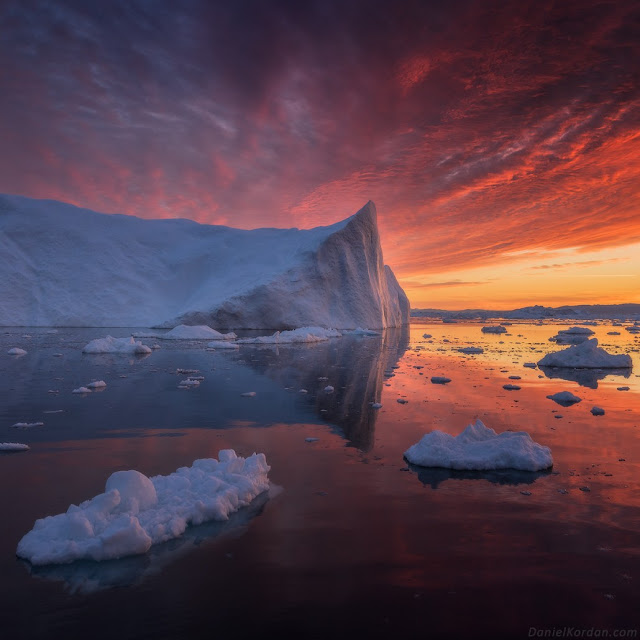Comparison of Temperature During the Last Ice Age with Current Global Temperature
The Earth's climate has gone through cycles of warming and cooling over millions of years. One of the most recent and significant cooling periods was the last ice age, which lasted from about 2.6 million years ago to 11,700 years ago. Today, the Earth is experiencing a warming trend, largely attributed to human activities. Let's compare the temperature during the last ice age with current global temperature.
Temperature During the Last Ice Age
During the last ice age, the average global temperature was about 5 to 10 degrees Celsius cooler than it is today. This may not sound like much, but it was enough to have a significant impact on the Earth's climate and ecosystem. During the peak of the last ice age, which occurred about 20,000 years ago, much of North America and Europe were covered by massive ice sheets up to 3 kilometers thick. Sea levels were also much lower, as much of the Earth's water was locked up in ice.
Current Global Temperature
Today, the Earth's climate is warming due to human activities, such as burning fossil fuels and deforestation, which release greenhouse gases into the atmosphere. These gases trap heat from the sun and cause the planet's temperature to rise. According to NASA, the global temperature has increased by about 0.8 degrees Celsius since the late 1800s. This may not sound like much, but it is causing significant changes in the Earth's climate and ecosystem.
Comparison of Temperatures
The temperature during the last ice age was much cooler than it is today, while the current global temperature is higher than it has been for thousands of years. Here are some key differences between the two:
| Temperature During the Last Ice Age | Current Global Temperature |
|---|---|
| Average global temperature about 5 to 10 degrees Celsius cooler than today | Average global temperature about 1.1 (1.9° Fahrenheit) degrees Celsius warmer than in the late 1800s |
| Much of North America and Europe covered by massive ice sheets | Ice sheets and glaciers melting, causing sea levels to rise |
| Many species adapted to cold climate, such as woolly mammoths and saber-toothed cats | Many species unable to adapt to rapidly changing climate, leading to extinctions |
Implications for the Future
The comparison of temperature during the last ice age with current global temperature highlights the significant changes the Earth's climate has undergone and is currently undergoing. The warming trend today is happening much faster than natural cycles of climate change, which can have serious implications for the planet's ecosystems and human societies. It is important that we take action to reduce greenhouse gas emissions and mitigate the impacts of climate change before it is too late.




Comments
Post a Comment